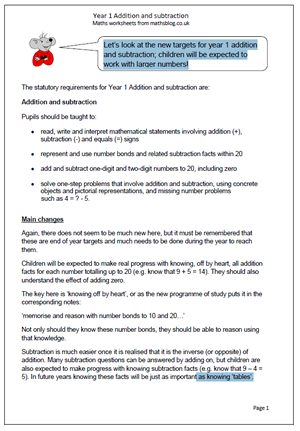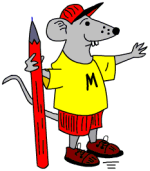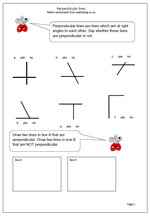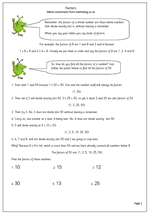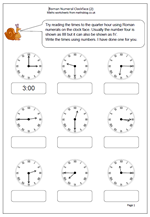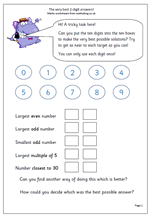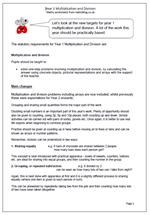 Let’s look at the new targets for year 1 multiplication and division. A lot of the work this year should be practically based.
Let’s look at the new targets for year 1 multiplication and division. A lot of the work this year should be practically based.
The statutory requirements for Year 1 Multiplication and Division are:
Multiplication and division
Pupils should be taught to:
• solve one-step problems involving multiplication and division, by calculating the answer using concrete objects, pictorial representations and arrays with the support of the teacher.
Main changes
Multiplication and division problems including arrays are now included, whilst previously these were expectations for Year 2 onwards.
Grouping and sharing small quantities forms the major part of the work.
Doubling small numbers is an important part of this year’s work. Plenty of opportunity should also be given to counting, using 2p, 5p and 10p pieces, both counting up and down. Similar activities can be carried out with pairs of socks, gloves etc. Once again, it is better to use real life objects when beginning to combine groups.
Practice should be given at counting up in twos before moving on to fives or tens and can be shown as arrays or number patterns.
Remember, division can be understood in two ways:
1. Sharing equally e.g. 6 bars of chocolate are shared between 2 people.
How many bars does each person get?
This concept is best introduced with practical apparatus – bowls of sweets, counters, buttons etc. are ideal for sharing into equal groups, and then counting the number in the group.
2. Grouping, or repeated subtraction e.g. 8 divided by 2
can be seen as how many lots of two can I take from eight?
Again, this is best done with apparatus at first and it is a slightly different process to sharing equally (where one item is given to each person in turn).
This can be answered by repeatedly taking two from the pile and then counting how many lots of two have been taken altogether.
